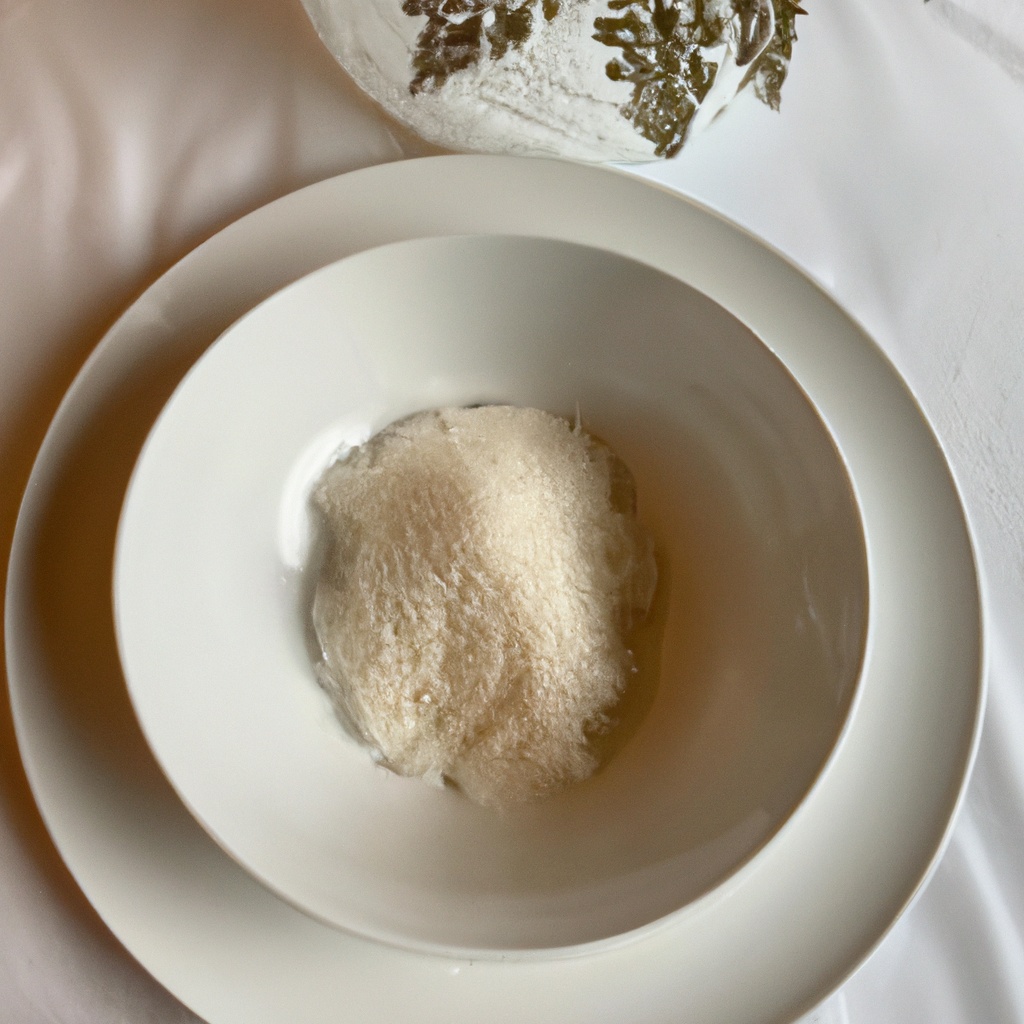PROS
Homemade candied angelica is an easy and delicious way to elevate your desserts and baked goods.
It adds a sweet and crunchy texture that complements the flavors of many desserts, and it also makes for a beautiful presentation.
CONS
Angelica can be difficult to find in some regions, and the process of candying the stalks requires some time and patience.
The end result may also be too sweet for some tastes.
HEALTH & BENEFITS
Angelica has been used for centuries in traditional medicine to treat a variety of ailments, such as digestive problems, respiratory infections, and menstrual cramps. It is also a good source of antioxidants, which can help protect your cells from damage caused by free radicals.



/rating_off.png)
Leave a Reply